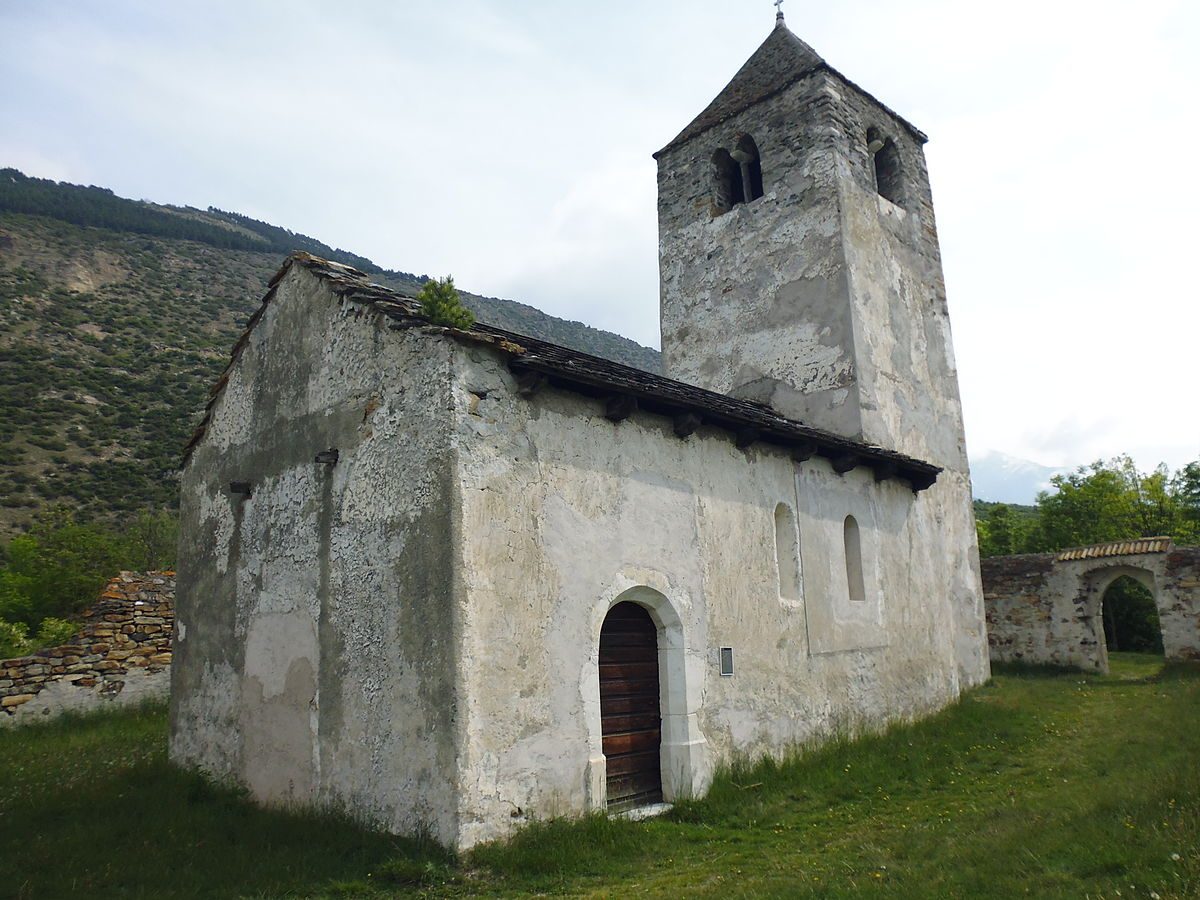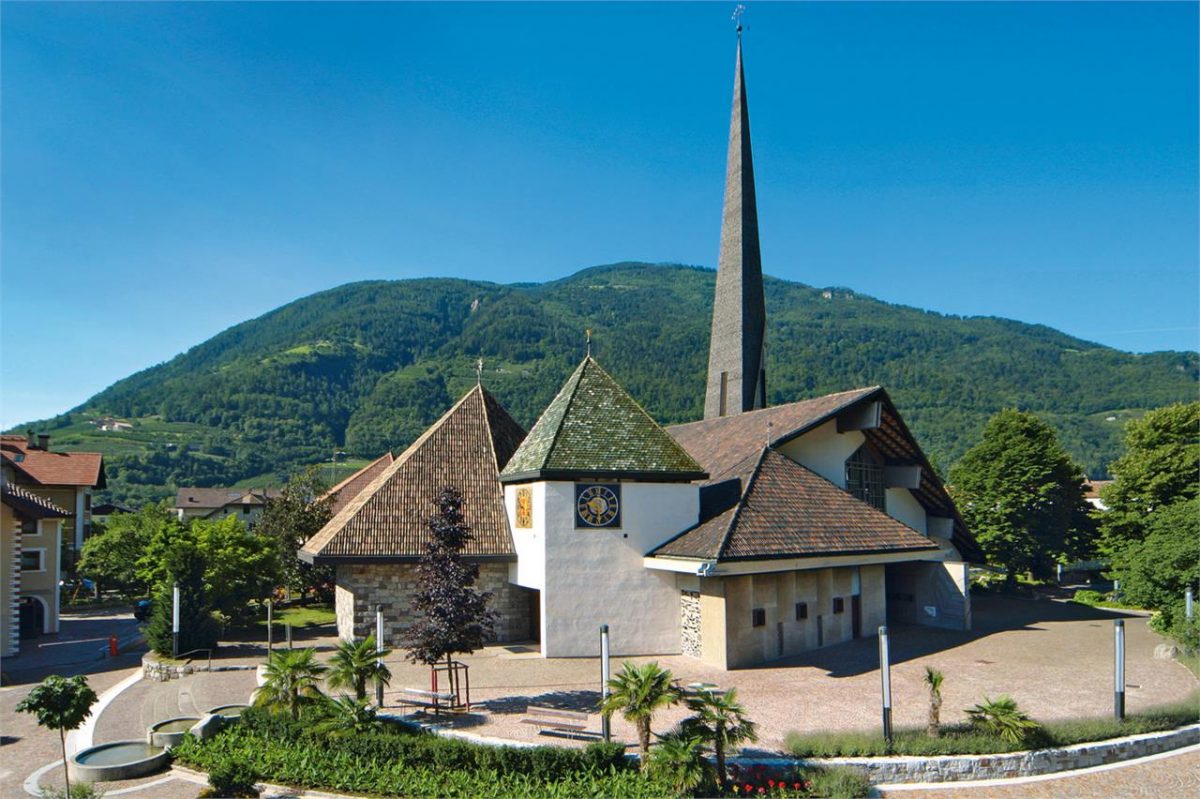How to reach Sabiona/Säben Monastery
Sabiona is the spiritual cradle of the entire Tyrol region and one of its oldest monuments. The Sabiona Mountain and its monastery deserve the utmost attention because of their archaeological, historical and artistical importance. Sabiona is the emblem of the Valle Isarco/Eisacktal, known also as the “acropolis of Tyrol”, with a very long
history.
Around the year 1000 the bishopric was moved from Sabion to Bressanone/Brixen. Until then, the Holy Cross Church was the cathedral of the bishopric Sabiona for about 400 years. The Holy Mountain is one of the oldest pilgrimage places in Tyrol. The famous Ladin pilgrimage is already mentioned in 1503.
For over 300 years now, a women’s order has taken possession of the mountain. The monastery itself is still inhabited by nuns and is therefore not accessible for visitors. However, three churches and a chapel are open to the public.
Opening hours:
1. Branzoll Castle:
private property, not to be visited
2. Gnadenkapelle (Grace Chapel):
open daily from 8 am to 6 pm, free access
3. Church Liebfrauenkirche:
Opening times: from July to August
4. Monastery Church:
Open daily from 8 am to 5 pm
5. Holy Cross Abbey:
Open daily from 8 am to 5 pm
6. Monastery:
the monastery is not open to visitors
Note: The Sabiona Monastery is reachable only on foot, along the Via Crucis (30 minutes) or the Sabiona Promenade (40 minutes).
Free entry!
Contact:
Tourism Association Chiusa
Marktplatz 1
39043 Chiusa
+39 0472-847424









